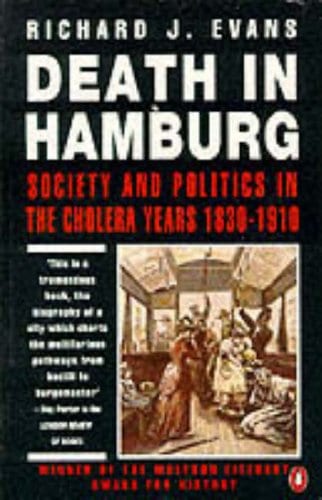
States’ Financial Reserves Hit Record Highs

news, new scholarship & more from around the world


Why were nearly 10,000 people killed in six weeks in Hamburg, while most of Europe was left almost unscathed? As Richard J. Evans explains, it was largely because the town was a “free city” within Germany that was governed by the “English” ideals of laissez- faire. The absence of an effective public-health policy combined with ill-founded medical theories and the miserable living conditions of the poor to create a scene ripe for tragedy.


